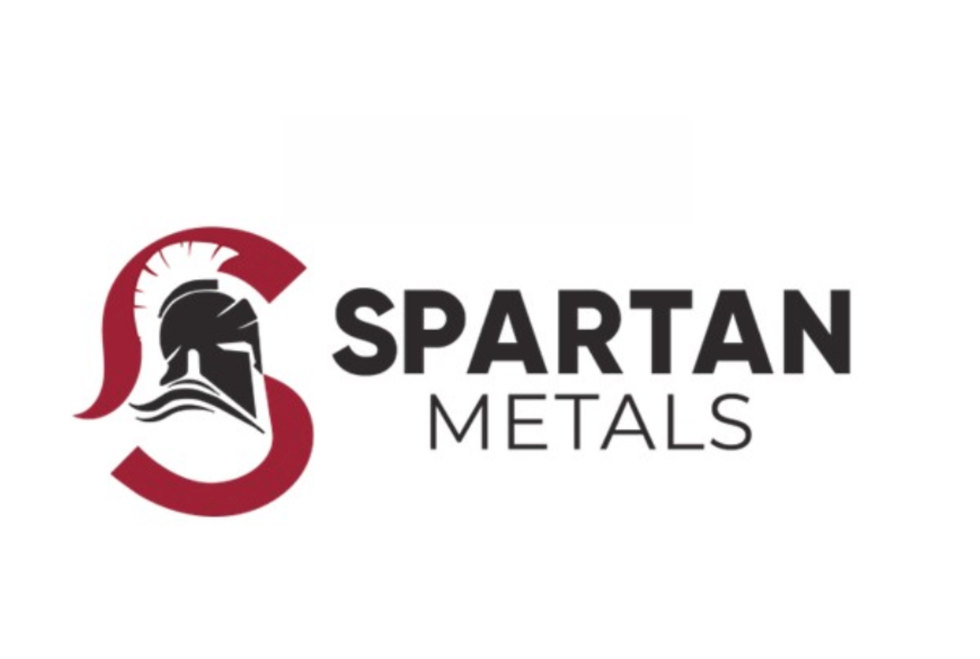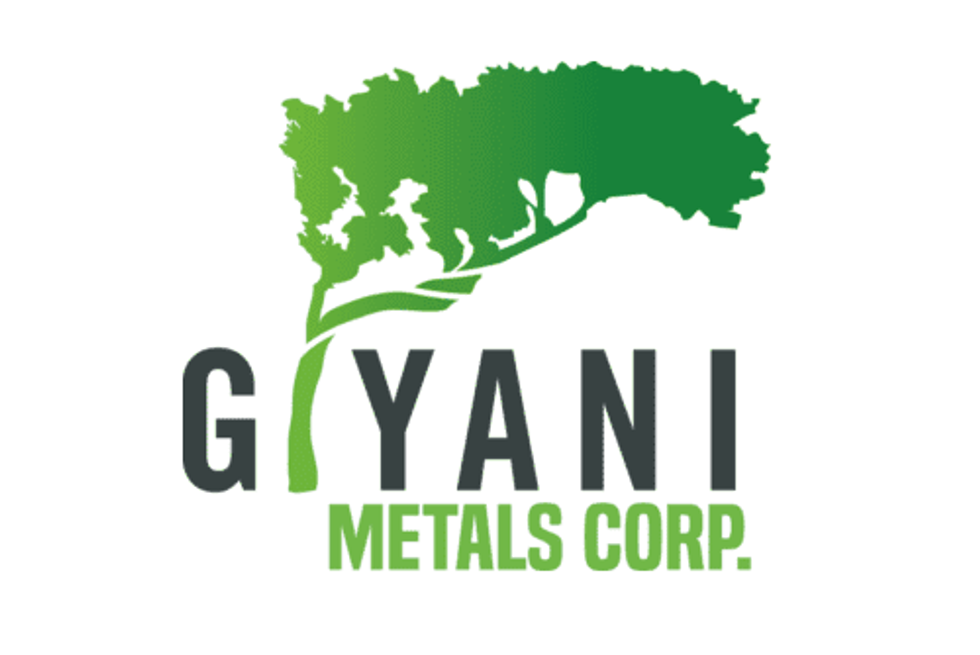Manganese Market Forecast: Top Trends for Manganese in 2025
As EV sector demand for manganese picks up, other key end-use segments are projected to see declines. What does this situation mean for the manganese market in 2025?

The manganese market was impacted by various factors in 2024, including growing demand for battery applications, geopolitical risk, production disruptions and strategic investments.
Positive demand from the electric vehicle (EV) sector offered support as automakers increasingly turned to manganese-rich chemistries like lithium-manganese-iron-phosphate (LMFP) to cut costs and reduce reliance on nickel and cobalt.
Meanwhile, supply chain vulnerabilities emerged due to political instability in major producing regions and heightened environmental scrutiny. In response, nations such as the US and Australia accelerated investments in refining facilities to reduce dependence on China and secure their EV battery supply chains.
Later in the year, oversupply from weaker-than-expected Chinese steel demand muted price growth in the space.
“Manganese sulphate prices turned bearish in Q4 … with slow spot buying in China and the effects of weather-related mine supply disruptions in Australia,” a Fastmarkets report from December reads.
Despite these challenges, the firm foresees a recovery in the manganese market in the years ahead.
“We expect demand to grow from now and into the 2030s, driven in part by new chemistries like LMFP,” Fastmarkets notes. In the short to mid-term, China’s supply base looks set to fulfil global needs of high purity manganese, though there is likely to be a long-term need for a greater high purity manganese capacity.”
Oversupply dampens manganese prices
Clare Hanna, senior steel analyst at CRU Group, recounted the most impactful 2024 trends for manganese.
“The key drivers in 2024 were the outage at South32’s (ASX:S32,OTC Pink:SHTLF) Groote Eylandt mine, the surge in alternative supplies and the weak state of Chinese demand,” she said.
“This led prices to first rise very sharply and then plummet as the market oversupply became apparent.”
South32 — the world’s largest manganese producer — saw operations suspended at its Australia-based Groote Eylandt mine in March due to a tropical cyclone. A phased return to mining began in June of last year; however, the severity of flooding due to the cyclone has impacted a wharf and the company’s ability to export.
In a statement, South32 said it expects exports to resume in its fiscal Q3 2025 ending March 31.
Some of this reduced 2024 output was offset by purchase declines in China. As Hanna explained, Chinese demand was weak due to lower demand for steel rebar, which was driven by weakness in the Chinese real estate sector.
Prices for manganese ore could face headwinds in the year ahead as South32 continues to ramp up Groote Eylandt.
“The return of South32 to the market and the increase in high-grade supply could be a challenge, given the Chinese real estate market is not expected to improve significantly. Steel demand and production in other markets is forecast to improve,” Hanna explained to INN.
Key manganese demand drivers for 2025
Prized for their high energy density, automakers are increasingly turning to manganese-based batteries for their cost-effectiveness and reduced reliance on expensive metals like nickel and cobalt.
That said, as Hanna pointed out, the majority of manganese demand is still attributed to the steel sector.
“There is a lot of noise in the market about manganese usage in EV batteries, driven in part by companies looking for finance, and also because downstream, the processing of manganese ore for battery-grade manganese products is heavily concentrated in China at the moment," she said. “However, it is worth recognizing that in terms of manganese ore demand, the share that is going into EV supply chains is very small.”
The senior analyst went on to note that those dynamics are likely to shift in the coming years.
“While (EV sector) volume is growing and the demand from the steel sector is likely to decline over time, demand from steel supply chains will remain the dominant source of manganese ore demand, and therefore the biggest demand-side influence on manganese ore prices,” said Hanna.
She went on to explain why EV market usage has come to dominate the manganese narrative.
“When looking for investment, companies like to align their projects with growing market sectors, so when companies are talking about new mine investments, they often reference the EV supply chain — even if in practice, most of the ore will likely go to ferroalloy producers for consumption in steel production.”
New manganese sources outside of China
Like so many of the battery metals, the manganese supply chain is dominated by China, a factor many western nations are grappling with. In an effort to bolster supply outside of China, significant investments were made in 2024.
“What we are seeing is a number of projects aimed at producing high-purity manganese sulfate monohydrate (HPMSM) outside of China (in order to) reduce OEM EV battery supply chain risk, or take advantage of the benefits of the Inflation Reduction Act. Some of these are aligned with new or existing upstream mines,” said Hanna.
Although the plan looks good on paper, the CRU steel specialist pointed out the challenges of building HPMSM supply independent of China. She noted that operational plants are a couple of years off at minimum.
“Production of HPMSM is a chemical process, so existing producers of manganese metal or other manganese chemicals would be able to move into this product area more easily than ferroalloy producers, although there are still a lot of technical challenges. There are no ferroalloy producers outside of China moving to produce HPMSM," Hanna added.
Some of the projects in the pipeline include the Manganese Metal Company’s HPMSM Metal to Crystal project in South Africa. Described as a more sustainable process, the Metal to Crystal production method will start with a 5,000 metric ton per annum plant in 2028, followed by a 30,000 metric ton per annum plant, targeted beyond 2030.
In addition to that, Hanna spoke about South32’s Arizona-based Hermosa manganese-zinc project, which received a US$20 million grant from the US Department of Defense in May 2024. The monies have been earmarked for the acceleration of domestic production of battery-grade manganese.
Manganese processing plants have also attracted US government funding.
In September, Element 25 (ASX:E25,OTCQX:ELMT) secured a US$166 million grant from the US Department of Energy under the Battery Materials Processing Grant Program.
The funding will support the construction of the firm’s HPMSM facility in Louisiana. The grant is in addition to US$115 million already secured from offtake partners General Motors (NYSE:GM) and Stellantis (NYSE:STLA).
The feedstock for the Louisiana plant will originate from Element 25’s Butcherbird mine in Australia. In November, the company released a new resource estimate for the planned expansion at Butcherbird.
According to the company, the new estimate registers a 142 percent increase in measured and indicated resources, which now total 130 million metric tons at 10.23 percent manganese.
Additionally, the site hosts a total resource of 274 million metric tons at 10 percent manganese.
Hanna also referenced Euro Manganese (TSXV:EMN,OTCQB:EUMNF), which is developing a project in the Czech Republic using manganese from old mine tailings, as well as looking at plans for a plant in Québec, Canada.
“Firebird Metals (ASX:FRB,OTC Pink:FRBMF) (in) Australia, has adopted an alternative approach,” she said. “They are partnering with a Chinese group to build an HPMSM plant in China, which could eventually be supplied with ore from an Australian mine.”
What trends will drive manganese in 2025?
While these supply chain diversification efforts aim to secure and steady output, Hanna warned of trends to watch in 2025. Top of mind is South32’s Groote Eylandt mine and its ability to restart shipments.
In South Africa, she highlighted national rail operator Transnet's plans for expansion.
“Transnet’s plans for the new port and rail infrastructure at Coega in South Africa are still some way off,” said Hanna. “The company’s performance on the existing rail network and ability to open up the routes beyond traditional miners will influence how much ore needs to be moved via the higher cost rail route.”
Plans remain distant, while inefficiencies in the existing rail network could raise transport costs.
Meanwhile, manganese producer Eramet (EPA:ERA), has faced challenges to its production expansion plans at the Moanda project in Gabon. Hanna noted that Gabon’s production expansion in Moanda faces delays due to weak demand, compounded by past disruptions from railway landslides.
“These (plans) were slowed in Q4 by weak demand,” she said. “Work continues on improvements to the Trans Gabon Railway. Landslides and derailments in the past have disrupted supply causing ore price volatility.”
A resolution to the war in Ukraine could also serve as a catalyst to the 2025 supply and demand story.
“Historically, Ukraine was a significant producer and consumer of manganese alloys. Both have been slowed by the war. In the event of a ceasefire this year, supply is likely to return faster than demand as the large Mauripol steel plant was destroyed during the Russian invasion,” she added.
According to Hanna, key areas to watch as the year progresses are trade actions and carbon taxes.
These include the US investigation into ferrosilicon imports from several countries, as well as potential broad tariffs from the incoming Trump administration.
Elsewhere, the EU’s probe into manganese alloys and ferrosilicon may raise regional prices
“The EU Carbon Border Adjustment Mechanism is due to come in at the beginning of 2026. Ferromanganese is covered, silicomanganese is not," said Hanna. “There is a lot of uncertainty about the impact of this.”
Don’t forget to follow us @INN_Resource for real-time updates!
Securities Disclosure: I, Georgia Williams, hold no direct investment interest in any company mentioned in this article.
Editorial Disclosure: The Investing News Network does not guarantee the accuracy or thoroughness of the information reported in the interviews it conducts. The opinions expressed in these interviews do not reflect the opinions of the Investing News Network and do not constitute investment advice. All readers are encouraged to perform their own due diligence.



